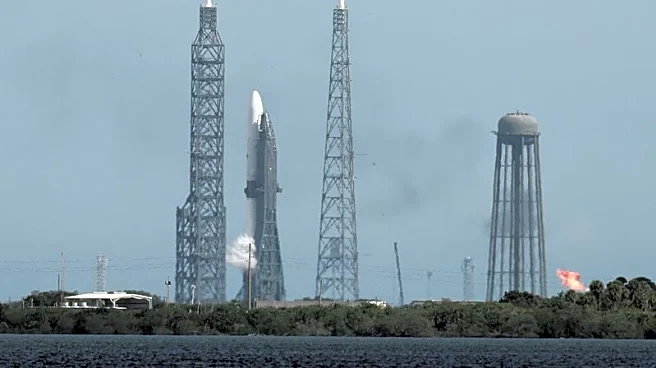What's Happening?
NASA has announced that the due dates for the ROSES-25 research solicitation will be reset following a lapse in funding. The ROSES-25, which stands for Research Opportunities in Space and Earth Sciences,
is a critical program for NASA's Science Mission Directorate (SMD). Due to funding issues, several deadlines were previously marked as 'TBD' in the solicitation tables. With operations resuming, NASA plans to update these deadlines in the coming days. The changes will be communicated through amendments to ROSES and notifications to the SMD NSPIRES mailing list, as well as updates on the ROSES-25 blog.
Why It's Important?
The resetting of due dates for ROSES-25 is significant as it impacts the timeline for research proposals and funding allocations within NASA's Science Mission Directorate. This program supports a wide range of scientific investigations that are crucial for advancing knowledge in space and Earth sciences. The delay in setting due dates could affect research planning and execution, potentially impacting scientific progress and collaborations. Researchers and institutions relying on NASA funding may face uncertainties, affecting their project timelines and resource allocations.
What's Next?
NASA will announce the new due dates for ROSES-25 through official amendments and notifications. Researchers and institutions involved in NASA-funded projects will need to stay informed about these updates to adjust their plans accordingly. The reset of deadlines will allow the continuation of scientific research and proposals that contribute to NASA's mission objectives. Stakeholders are advised to monitor the ROSES-25 blog and SMD NSPIRES mailing list for timely updates.
Beyond the Headlines
The funding lapse and subsequent reset of due dates highlight the challenges faced by scientific institutions in maintaining consistent research timelines. It underscores the importance of stable funding for scientific progress and the potential disruptions caused by financial uncertainties. This situation may prompt discussions on improving funding mechanisms and contingency planning within scientific research programs.













